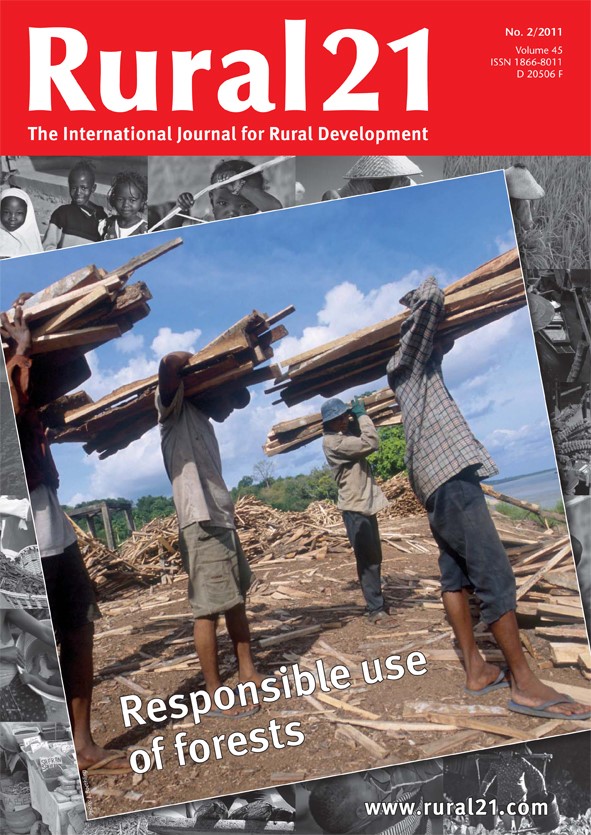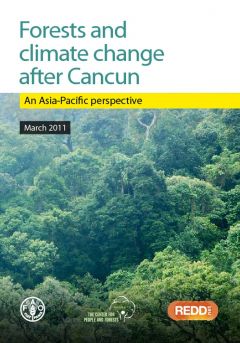The importance of forests for climate change mitigation and species conservation, as water stores and oxygen producers, soil protectors and humus providers, is well known. However, over 13 million hectares of forest are lost each year, mainly in the tropics.
Establishing a rational forest policy is a difficult task for many countries. One of the reasons for this is that different policy sectors - such as energy policy, foreign trade policy, are closely linked to forest policy and the interests of a multitude of actors need to be accommodated.…
Certification is viewed as one of the most effective ways of curbing unregulated logging and conserving natural forests in the tropics. In the meantime, there are several dozen certifying organisations. Among these, the Forest Stewardship Council (FSC) and the Programme for the Endorsement of…
Every year, 13 million hectares of forest are lost worldwide; that is an area the size of Austria and Switzerland combined. 90 percent of this deforestation involves tropical forests. Forest loss has devastating effects on the climate and is the source of between 15 and 20 percent of global…
On November 18th 2010, the European Union Commissioner for Agriculture and Rural Development, Dacian Ciolo?, o? cially submitted a communiqué proposing a reorientation of the Common Agricultural Policy (CAP) to the EU Parliament, the EU Council and the public. What does the proposal imply for…
Carbon labels for food are a new strategy of industrialised countries to reduce climate change-relevant gas emissions in agriculture. However, not every label includes the measurement of all emissions and may disadvantage and even exclude exporting farmers from developing countries. Policy-…
Livestock intensification in developing countries, especially in Africa and Asia, may increase the incidence of epidemics that kill both humans and animals, the International Livestock Research Institute (ILRI) warns. Livestock numbers are rising sharply due to population growth and the rise in…
Displacement continues to rise in the Americas, Asia, Europe and the Middle East. But the good news is that this year’s Global Overview shows a steady decline in IDP numbers in Africa, dating back from 2004. This positive trend gives us hope. Indeed, the African continent remains at the…
This paper explores, conceptually and empirically, the question of how much food is produced by women. Data for labour inputs and agricultural output are used to assess women’s contribution to food and agricultural production. The study also assesses gender differences in productivity. The paper…
The United Nations climate change talks in Cancun changed the shape of REDD+ negotiations and global forest policies. What effect will the decisions from the talks have on forests and forest users in Asia and the Pacific? Eleven climate change and forestry experts gathered to reflect on these…
In 1991, Terminology for Grazing Lands and Grazing Animals was published with the objective of ‘developing a consensus of clear definitions of terms used in the grazing of animals.’ This first effort involved primarily organizations and agencies within the USA but included representation from…
Land is a scarce resource increasingly affected by the competition of mutually exclusive uses. Fertile land in rural areas becomes scarcer due to population growth, pollution, erosion and desertification, effects of climate change, urbanization etc. On the remaining land, local, national and…






